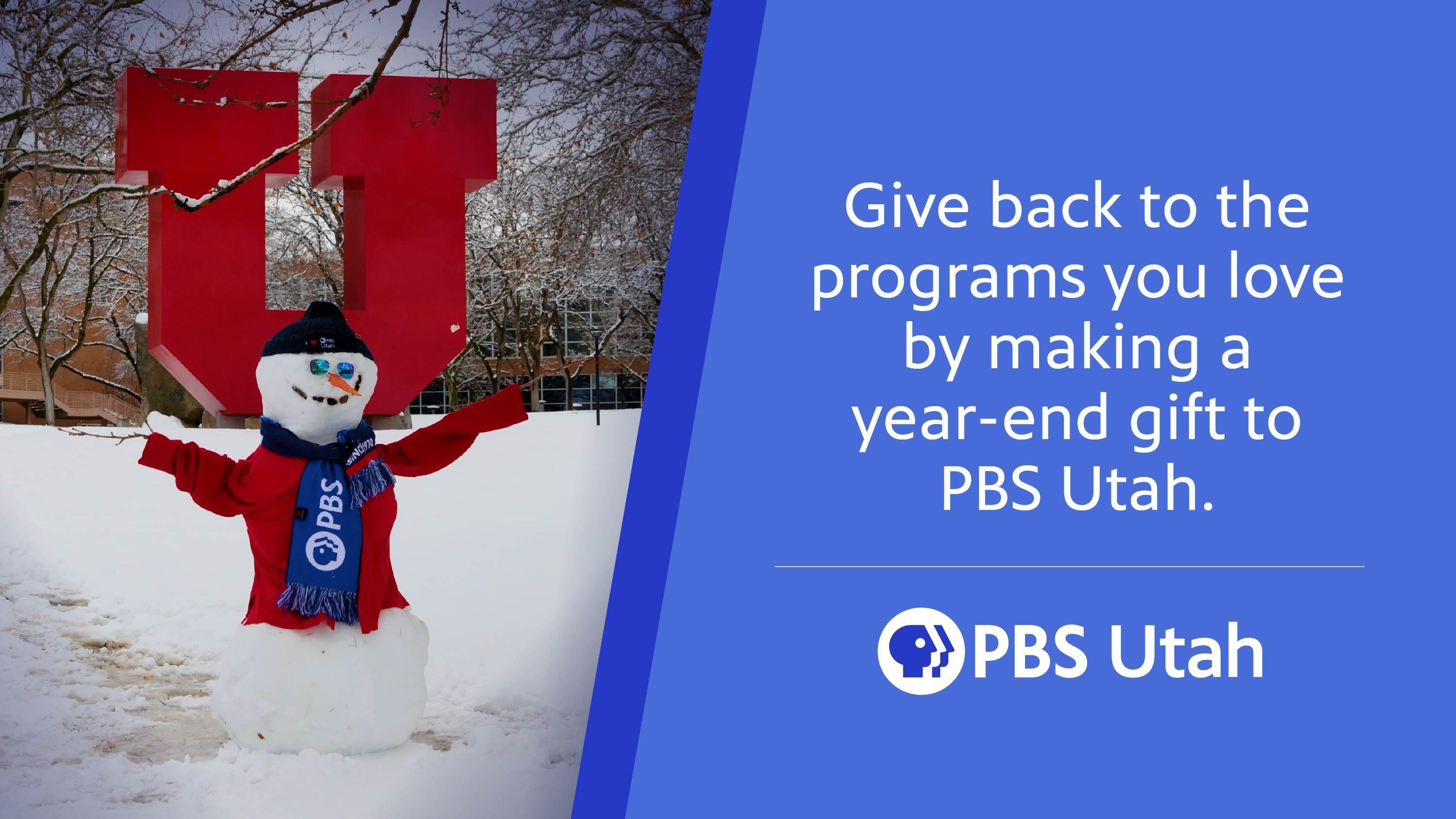Battalion
A Two-Part Series (Part-One above)
Original Airdate: July 2003
They marched under their nation's flag through prairies, deserts, and mountain passes. Following orders from an ambitious U.S. President, they charted a course through some of the toughest terrain in America. They helped secure the Pacific coast for the United States and found themselves at the epicenter of the California gold rush. On their way to build a new religious utopia in the West, the Mormon Battalion would shape the future of America.
Through their service in the War with Mexico and the discovery of gold, this handful of unlikely heroes changed the way the nation viewed itself and its future. - Ken Verdoia
Ken Verdoia's two-hour documentary Battalion, uncovers the story of the Mormon Battalion during the War With Mexico. Marching 2,000 miles through a mostly uncharted American Southwest, the 500-man battalion was a pivotal force in fulfilling the national dream of Manifest Destiny. Their experiences, shared in this film through personal correspondence, journals and historical accounts, changed the face and fate of the American West.
The story opens in 1846 with a plan forged by two determined men, both looking west to secure new land for their people. In Council Bluffs, Iowa, LDS Church leader Brigham Young had resolved to leave the United States and create a Mormon settlement in the unknown lands of the American West. In Washington, D.C., U.S. President James K. Polk was courting a war with two foreign powers as he planned to expand the nation's reach to the Pacific Ocean.
The leaders' visions would converge over a mutual tradeoff. After being violently forced out of their homes in Illinois, the impoverished Mormons needed financial support to undertake a westward migration. Polk needed a loyal band of soldiers to fight a war with Mexico-and possibly Great Britain-in his push to fulfill his goal of Manifest Destiny. He also needed to squelch the potential for a Mormon alliance with Great Britain. In a deft move that would secure the western states while easing relations with Young's persecuted followers, the president called for a band of Mormons to march on California with U.S. General Stephen Kearney. By accepting the offer, Brigham Young would secure a government-sponsored westward migration along with the much-needed revenue from the soldiers' military compensation.
"Out of a political deal between two legendary leaders comes one of the great, little known stories in American history," says Ken Verdoia, producer of Battalion.
The journey itself stretches across 2,000 miles of the North American continent. Battalion visits key points along this perilous route, including:
- Mount Pisgaah and Council Bluffs, Iowa, the refugees camps where the Saints first enlisted for the Battalion
- Fort Leavenworth, Kansas, where the Battalion was outfitted with muskets and sworn in to the army
- The Great Plains of Kansas, where the soldiers saw their first Buffalo
- Point of Rocks, New Mexico, where contention flared over leadership and a growing number of insurgent soldiers
- Santa Fe, New Mexico, where the Battalion came under the stern leadership of Lt. Col. Cooke
- The area surrounding Tucson, Arizona, where troops prepared to fight Mexican forces and were instead attacked by a herd of stampeding bulls
- Imperial Sand Dunes, California, where the Battalion struggled to survive as they ran out of food and water
- San Luis Rey, California, where the weary Battalion first gazed upon the rolling waves of the Pacific Ocean and were called upon to secure key outposts for the U.S.
- Sutter's Fort, California, near which Mormons became part of the original California gold discovery
- Carson's Pass, the Sierra Nevada immigrant trail charted by Battalion veterans which became the preferred gateway to the California gold fields
Along this route, the Latter-Day Saints would face food shortages, crippling fevers, days without water, dramatic changes in leadership near rebellions, and for some, death. The long march across the prairie lands of Kansas and the desert sands of New Mexico, Arizona and California would plunge the Battalion headlong into the arduous school of Western survival-experience that would be vital to the settlement of the Utah territory years later.
The most perilous stretch of the journey was completed under the hard-nosed leadership of Lt. Col. Phillip St. George Cooke. Marching 15 miles a day through the desert landscape between Santa Fe and the Pacific Coast, the thirsty soldiers would be winnowed down to two-thirds of their original troop as the sick and women were sent on to a camp in Pueblo, Colorado. More than 20 soldiers would die en route, while nearly 10 times that number were sent to a detachment camp in Pueblo, Colorado. Prospects for the soldiers seemed bleak. "We are wretched creatures, and almost worn out with fatigue," wrote soldier Levi Hancock. "Our provisions scarce, and here we are on this vast plain of sand and gravel."
Battalion illuminates the overlooked struggles and hardships undertaken by this unlikely band of soldiers. Though the Battalion never saw battle in the War with Mexico, they were vital in securing the outposts of San Diego, Los Angeles and San Luis Rey on the West Coast. Their presence would ease relations with the local Mexican population and give muscle to Gen. Kearney's disposal of the ambitious leader who had declared martial law in California, John Fremont.
The Battalion's great feats were not accomplished by men alone. Though most of the soldiers' wives and children were left behind in Iowa, 20 women would accompany their husbands on much of the harrowing journey. One of those women, Melissa Coray, would see immense hardship and sorrow before the age of 21. After marching for several months while pregnant, Coray would lose her baby in childbirth in Monterey, California, and ultimately would lose her husband to tuberculosis upon their arrival in the Salt Lake Valley. Battalion weaves the personal story of the Coray family through the Battalion narrative to illustrate the individual hardships sustained along one of the longest continuous marches recorded in history. "I do not feel to complain," says Melissa Coray, "Yet I think my trials are great for one so young."
Of the 500 men who marched off with the Mormon Battalion in July 1846, nearly 400 reunited with their families and settled in the Utah territory. None died at the hands of another army, fulfilling a prophecy set forth by Brigham Young. "In as much as you will go forth and do your duty like good soldiers, not a man of you will fall by a ball of an enemy."
The achievements of the Battalion would quickly be eclipsed by the gold rush and, later, the Civil War. Ten years after they were disbanded, the troop's veterans would be called to action once again. In 1857, President James Buchanan ordered the U.S. army to occupy the Utah territory. In an ironic twist, Philip St. George Cooke would lead the U.S. army through the territory's capital city. The troops were disciplined and soon left, and Cooke was reported to have tipped his hat at the Battalion vets as he marched by. Their shared struggle had not been forgotten.
BATTALION is made possible by: The R. Harold Burton Foundation, The George S. and Dolores Doré Eccles Foundation, The Boren Family Foundation, Kirton & McConkie, Steven J. and Kalleen K. Lund, and the Members of KUED/now PBS Utah.

.jpg)

